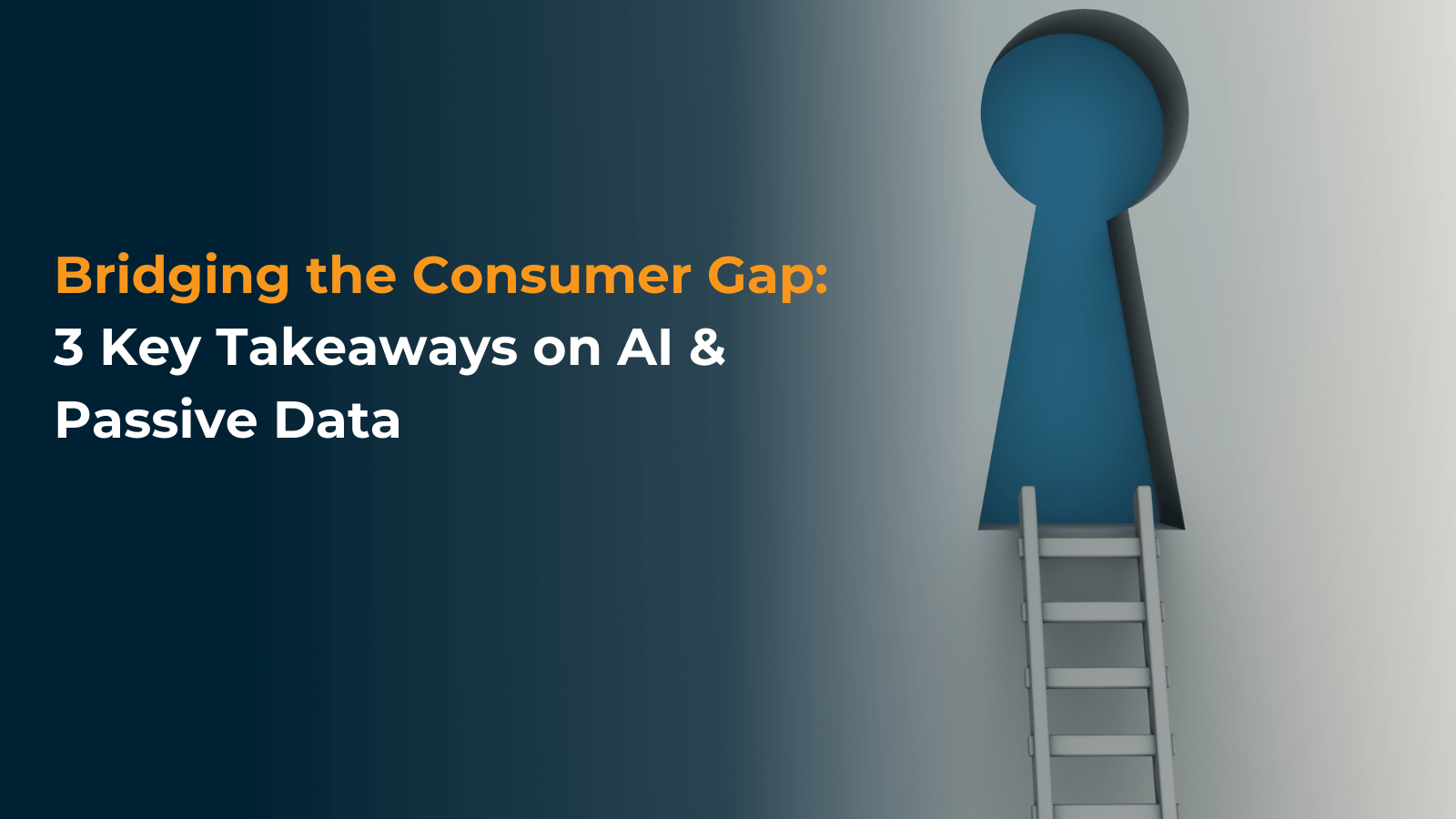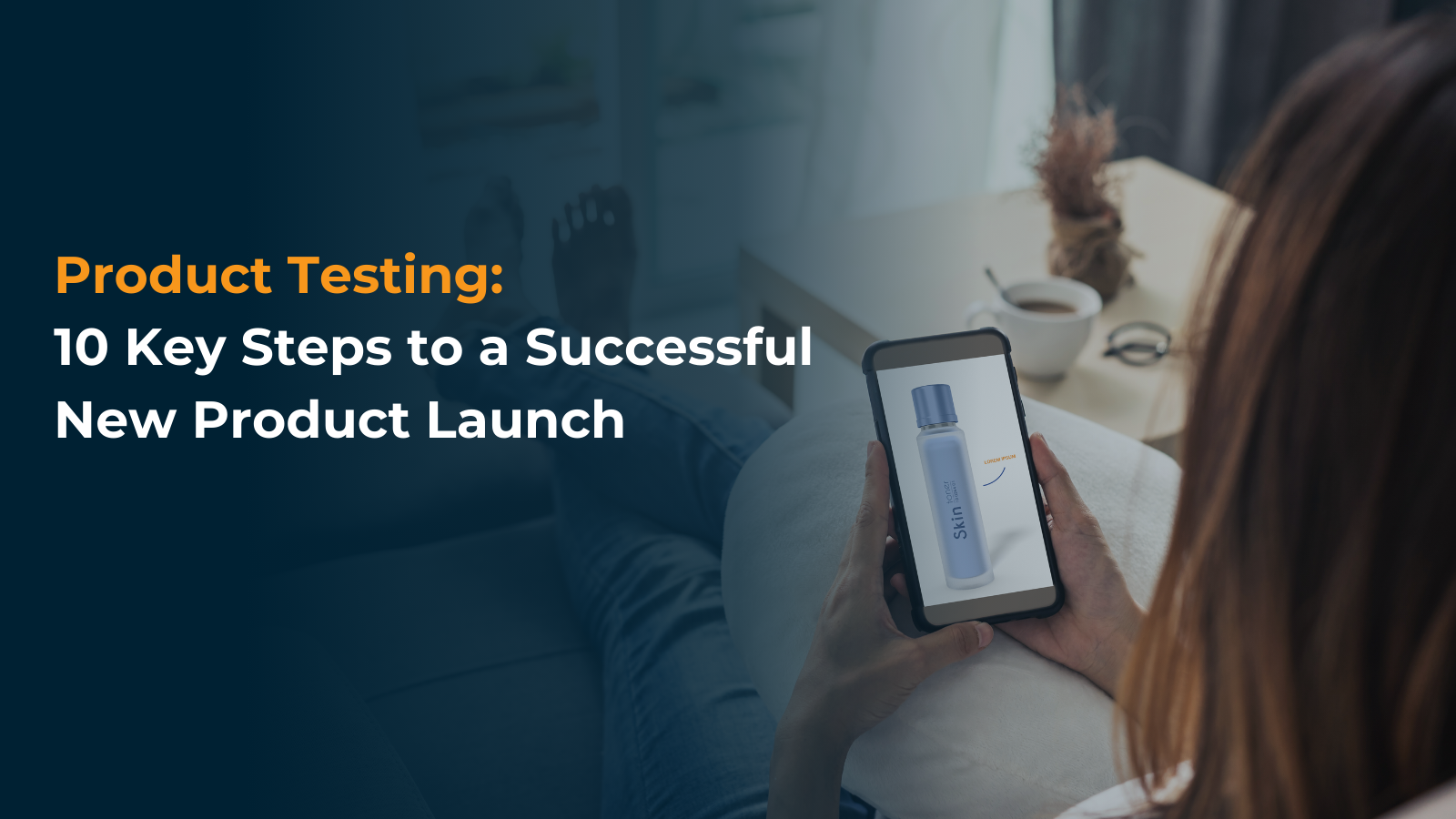Bridging the Consumer Gap: 3 Key Takeaways on AI and Passive Data

In the rapidly evolving landscape of consumer insights, traditional research methods often fall short in capturing the nuanced behaviors of today’s consumers.
That’s why we brought together our panel of industry experts to explore the latest innovative approaches that provide a more complete, real-time picture of consumer behavior.
During this discussion, Mitch Barns (Former CEO, Nielsen), Nihal Advani (Founder & CEO, QualSights), and Susan Schwallie (Global Head of Sensors, QualSights) delved into the transformational power of AI-driven voice moderation and passive data collection, highlighting how these technologies enable brands to build stronger, more meaningful connections with consumers.
Did you miss the conversation?
Don’t worry, we’ve assembled three key takeaways for those who couldn’t watch:
How Passive Data Collection is Transforming In-Home Consumer Behavior Tracking
Brand marketers and insights professionals have a good idea of how consumers feel about their brands, and they also have a lot of good information on how products are being purchased—both at the retail and household level. But historically, there has been less information on how products are being used in the home. In other words, what’s happening in the time between purchases?
While surveys are great for scale and speed, they are subject to recall bias and lack depth. Meanwhile, interviews are great for depth, but present compromises on scale and speed. The holy grail is to passively track behavior. But how do you passively track products that aren’t digital?
With QualSights Smart Sensors, you’re able to open that black box between purchases and understand if, when, how often, how much, and where products are used. And they can be paired with trigger surveys to deliver the how and why at the exact moment of usage.
Whether it’s whitespace identification, product testing, or accelerating growth of products that are already in market, Smart Sensors provide a solution at every stage of the product development cycle.
How AI Voice Moderation Enhances Consumer Empathy
Brands of all shapes and sizes understand the ongoing need to get closer to the consumer. The benefits of consumer empathy programs are clear—they help you build trust and connection, improve the customer experience, better your brand reputation, and drive innovation.
Traditionally, these programs have centered around interviews, but there’s an opportunity to revisit what they look like by mixing and matching methods. QualSights’ latest innovation has given brands the ability to conduct AI-driven voice interviews that deliver deeper insights at scale. With the power of AI voice moderation, you can dynamically engage participants in natural conversations with automatic probing based on your objectives—whether that be a bite-sized interview on a specific topic or a longer, all-encompassing session.
Imagine having a moderator who’s always available and instinctively knows how to ask the right follow-up questions. That’s the power of AI voice moderation. By using this transformative technology to augment skilled human moderators, you can scale your consumer empathy efforts, save time, and engage more participants in meaningful conversations—anytime, anywhere.
The Future of Insights
While the core questions driving the world of consumer insights are likely to remain the same, the way we answer them is rapidly evolving.
“The questions that the insights industry will be addressing in the future will largely be the same as they were in the past. It’ll be more about how we go about getting answers to those questions.”
Mitch Barns, Former CEO, Nielsen; Board of Directors, QualSights
Technology continues to make research more efficient, cost-effective, and scalable, and the shift toward more passive, real-time measurement methods is reducing our reliance on traditional approaches. Meanwhile, on the analysis side, advancements in AI are enabling faster, more consistent insight generation.
But as technology continues to advance, the role of the human researcher will be as important as ever—not just in interpreting the data, but in architecting the process itself. Between choosing the right tools, managing their use, and thinking about what data might be missing, human judgement remains critical.
Conclusion
From unlocking in-home usage behavior with passive data collection to scaling empathy through AI voice moderation, the tools now available are reshaping how we understand consumer behavior. To drive deeper connections and smarter decisions, brands must adapt to the shifting landscape.
Watch our full webinar to see how leading insights professionals are leveraging cutting-edge research methods to stay ahead. If you’d like to explore how these innovations can support your growth, contact us today to get in touch.
 Consumer Empathy
Consumer Empathy 

